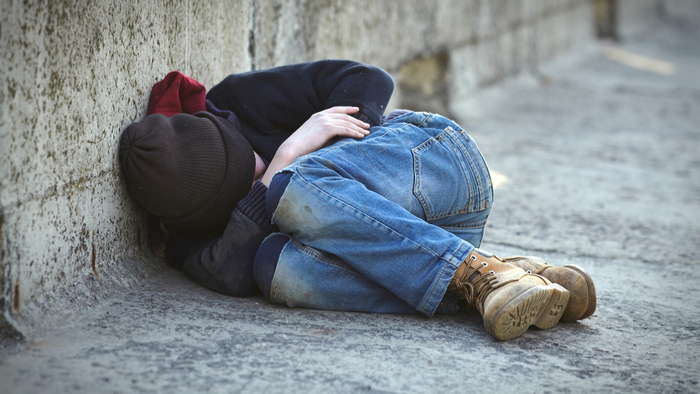An already increasing number of K-12 students in California experiencing homelessness paired with a global pandemic that rocked the financial foundation of countless families is reason for concern, according to a policy brief from the UCLA Center for the Transformation of Schools.
“State of Crisis: Understanding School District Educational Patterns for CA Students Experiencing Homelessness” examined available district-level data to illuminate the educational experiences of displaced students.
UCLA Center for the Transformation of Schools’ 2020 statewide analysis on student homelessness found that the number of homeless students has gone up 50 percent in the past decade.
“This increase has made it difficult to support students experiencing homelessness through policy alone, especially in school districts and counties with only one homeless liaison. Immediate support is essential. The pandemic has hindered data accuracy about students and families experiencing homelessness,” the brief states.
California Department of Education data from 2021–22 shows a 17 percent decrease in the homeless student population since 2018–19, which suggests that student identification has decreased and indicates a need for gathering more accurate information, according to the brief.
“Data accuracy will be critical in identifying students experiencing homelessness, the challenges they face, and how to best support them in their educational trajectories,” the brief states. “With unprecedented federal funding of nearly $100 million as part of the American Rescue Plan Act for Homeless Children and Youth, we must now, more than ever, seek transformative ways to address and support the needs of students experiencing homelessness across the state.”
Before the public health crisis, there were nearly 1.4 million homeless students enrolled in public schools across the nation during the 2018–19 academic year, according to data from the National Center for Homeless Education included in the brief.
“Of those young people, roughly 270,000 students, or one out of five students nationally, live in California,” the brief states. “Students experiencing homelessness are in nearly every district in California — each district with unique educational needs. Each year, California data show that Latinx, Black, American Indian or Alaska Native, and Pacific Islander students are disproportionately affected by homelessness.”
The pandemic has had adverse effects on homeless students, including limiting the collection and use of student data and challenges with accessing learning materials. It has also exacerbated discrimination against students of racial and ethnic minority groups and those experiencing homelessness.
District data
An interactive table developed by the center showcases data on unhoused students from local educational agencies across the state.
The brief highlights a variety of districts’ 2018–19 enrollment information. While Redlands Unified School District and Anaheim Union High School District each had 13 percent of their student bodies experiencing homelessness, Pajaro Valley USD had a 15 percent rate of homelessness. All three LEAs were serving between 20,000 and 28,000 students at the time.
On the other hand, Kern High School District, serving 42,317 students, and Oakland USD, serving 53,118 students, had 1 and 2 percent of students experiencing homelessness, respectively. With a population of 77,615, 3 percent of Fresno USD students were homeless.
Some student groups faced disproportionately high rates of homelessness — 66 percent were Latinx, 14 percent were Black, 9 percent were white and 4 percent were Asian.
Experiencing homelessness often has a negative impact on how students perform on assessments and on larger outcomes like graduating high school and being prepared to enter the university system.
“At each of the highlighted districts, students experiencing homelessness were less likely to meet their English-language arts and math Smarter Balanced Assessment Consortium standards than non-homeless students,” according to the brief. “Students experiencing homelessness were reported as being less likely to meet their four-year graduation requirements than their non-homeless peers within each examined district.”
The brief also found that in the sample districts, homeless students were suspended at higher rates than non-homeless students. Kern HSD has the largest disparity with suspension rates for non-homeless students at 9 percent versus 21 percent for homeless students.
Chronic absenteeism, known to hinder academic and social-emotional achievements, was considered as well and the brief concluded that in nine of 10 districts “students experiencing homelessness were chronically absent at higher rates than non-homeless students.”
Recommendations
The brief ultimately lays out policy recommendations for LEAs, counties and the state.
Suggestions for districts include using local academic data to inform school boards, educators and the community at large of reoccurring patterns as well as utilizing available funding to enhance learning recovery and reduce disparities in student outcomes that have been caused by the pandemic.
“Increased funding due to the American Rescue Plan Act for Homeless Children and Youth has provided opportunities for LEAs to utilize funding, as seen in the CDE’s ARP-HCY Resource Guide. We must prioritize resources for students experiencing homelessness by strategically coordinating the distribution of resources,” the brief states.





